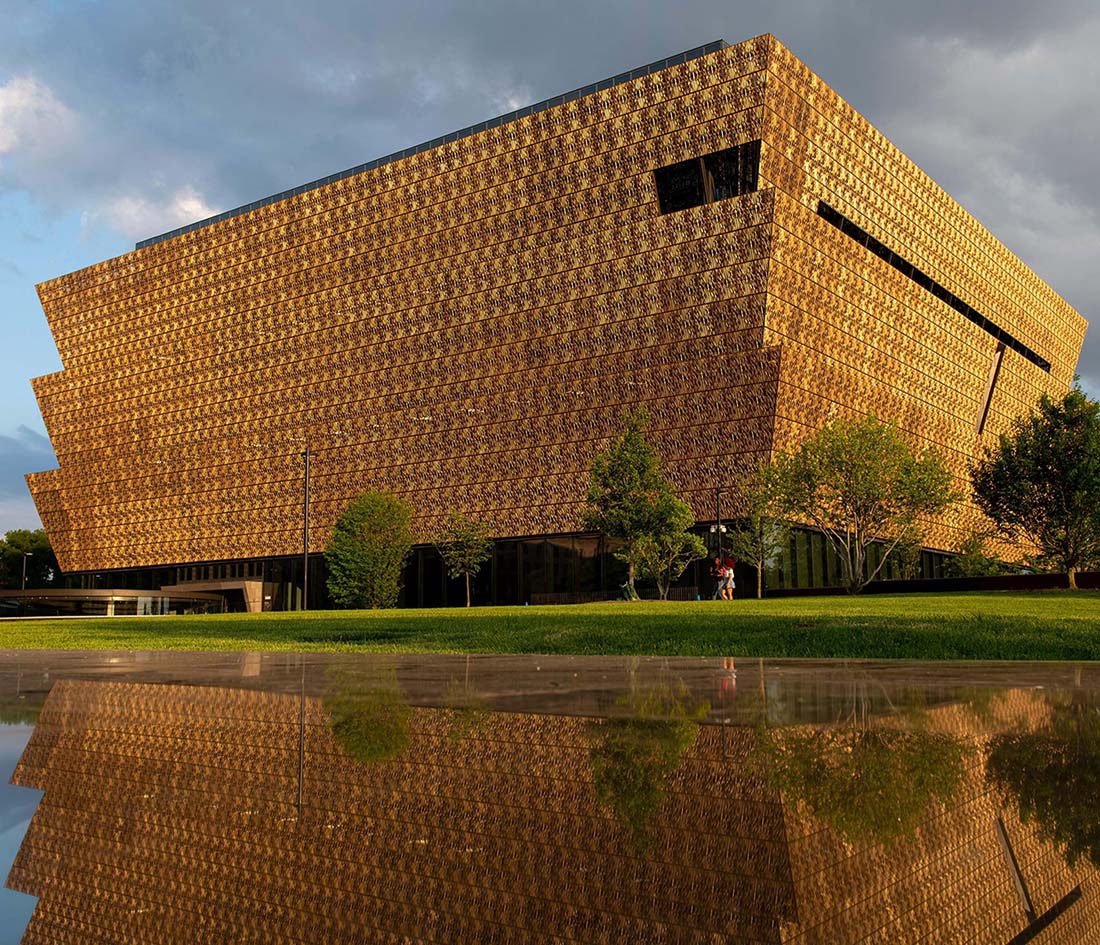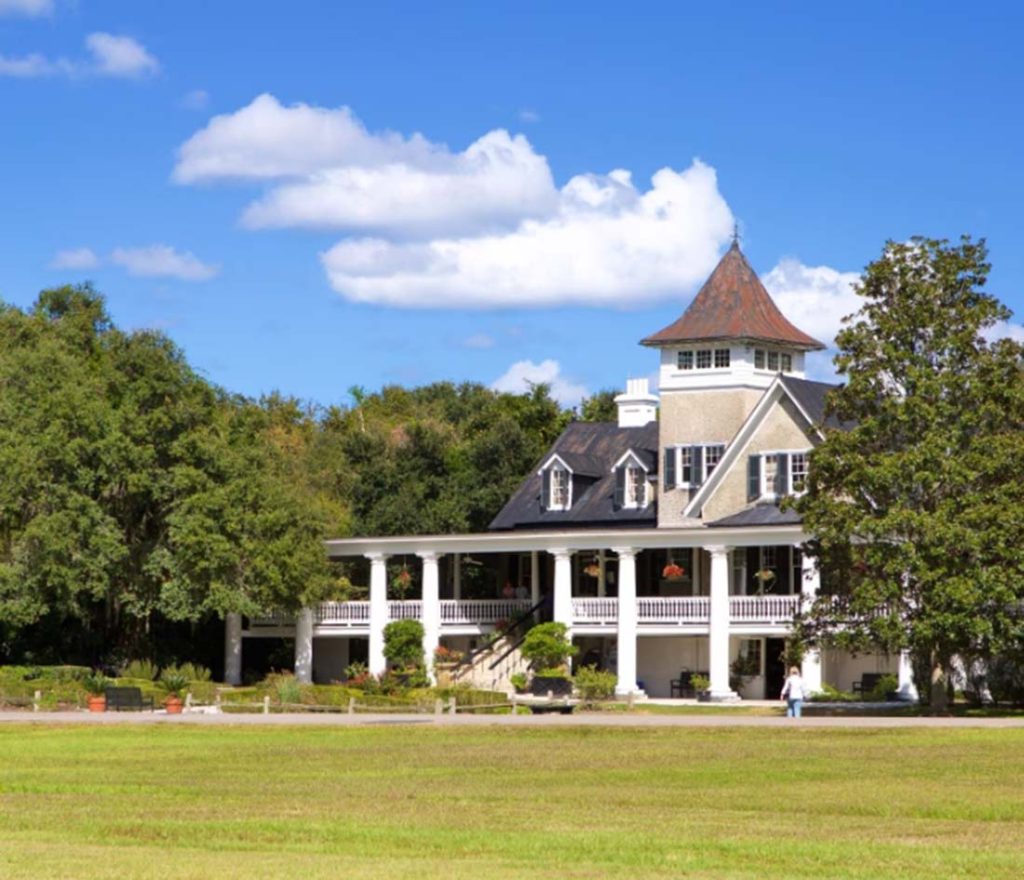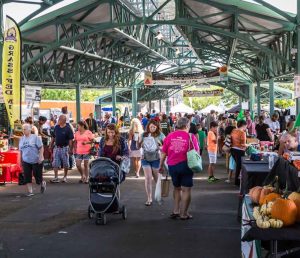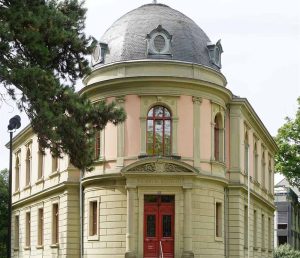
I recently embarked on a journey to Charleston, South Carolina, to delve into the city’s rich African American heritage. Charleston, known for its pivotal role in African American history, boasts an array of historical sites and landmarks that offer invaluable insights into the struggles and triumphs of the community.
The Avery Research Center for African American History and Culture
Nestled in downtown Charleston, the Avery Research Center stands as a beacon of African American history and culture. Established in 1985, the center occupies the historic Avery Normal Institute building, which served as one of the first educational institutions for African Americans in the city. Upon entering the center, I was immediately struck by the extensive collection of archival materials, exhibits, and educational programs dedicated to preserving and celebrating African American heritage.
The exhibits at the Avery Research Center offer a comprehensive narrative of African American life in Charleston, spanning from the era of slavery to the Civil Rights Movement and beyond. One particularly compelling display highlighted the contributions of local civil rights activists and leaders who courageously fought against segregation and inequality. As I wandered through the meticulously curated exhibits, I couldn’t help but feel a profound sense of reverence for those who had paved the way for progress.
In addition to its exhibits, the Avery Research Center hosts a variety of engaging educational programs and events suitable for visitors of all ages. During my visit, I had the opportunity to attend a thought-provoking lecture on the Gullah Geechee culture, a distinct African American heritage preserved by the descendants of enslaved Africans in the Lowcountry region. The speakers’ passion and expertise illuminated the rich cultural tapestry of Charleston and deepened my appreciation for its African American legacy.
My experience at the Avery Research Center was both enlightening and enriching. The center’s steadfast commitment to preserving Charleston’s African American heritage is commendable, and I departed with a profound understanding of the enduring impact of the African American community on the city’s history and culture.
Emanuel African Methodist Episcopal Church
No exploration of Charleston’s African American heritage would be complete without a visit to Emanuel African Methodist Episcopal Church, affectionately known as “Mother Emanuel.” Situated in downtown Charleston, this historic church holds a special place in both local and national history.
Established in 1816, Emanuel AME Church is one of the oldest African American congregations in the United States. Its storied history is marked by resilience in the face of adversity, including acts of racial violence and oppression. One tragic event, in particular, reverberates in the church’s memory—the racially motivated shooting on June 17, 2015, which claimed the lives of nine innocent parishioners during a Bible study session.
Stepping into Emanuel AME Church, I was enveloped by a sense of reverence and resilience that seemed to permeate the very walls. The church’s architectural grandeur and ornate interior spoke to its enduring significance as a spiritual and cultural landmark. As I sat in the pews, listening to the soul-stirring melodies of spirituals and hymns, I couldn’t help but reflect on the indomitable spirit of the congregation and the enduring legacy of those who had worshiped within these hallowed halls.

Outside the church, a poignant memorial garden serves as a tribute to the lives lost in the 2015 tragedy. Adorned with symbols of remembrance and inscribed with the names of the victims, the garden offers a sacred space for reflection and healing amidst the bustling streets of downtown Charleston. It stands as a solemn reminder of the ongoing struggle for justice and equality in America.
Visiting Emanuel AME Church was a deeply moving experience that left an indelible imprint on my heart. It reaffirmed the resilience of the human spirit and underscored the importance of remembrance and reconciliation in confronting the legacies of racial injustice.
The Old Slave Mart Museum
Tucked away in Charleston’s historic French Quarter, the Old Slave Mart Museum offers a sobering glimpse into the city’s dark legacy of slavery. Housed in a restored 19th-century building that once served as a slave auction gallery, the museum provides a stark reminder of the brutality and inhumanity of the transatlantic slave trade.
Upon entering the museum, I was immediately struck by the somber atmosphere and evocative exhibits that filled the space. From the cramped holding cells where enslaved Africans awaited sale to the auction rooms where human lives were commodified, every corner of the museum bore witness to the horrors of slavery. Personal narratives, artifacts, and interactive displays shed light on the experiences of enslaved individuals and their enduring quest for freedom.
One particularly poignant exhibit showcased a collection of slave badges, worn by enslaved individuals as a form of dehumanizing identification and control. Seeing these tangible symbols of oppression brought into sharp focus the brutal realities of slavery and the resilience of those who endured it. It was a sobering reminder of the enduring legacy of slavery and the ongoing struggle for racial justice and equality in America.
Despite the weightiness of its subject matter, the Old Slave Mart Museum serves as an essential educational resource for visitors of all ages. Through its thought-provoking exhibits and educational programs, the museum seeks to foster understanding and dialogue about the legacy of slavery and its enduring impact on American society.
Visiting the Old Slave Mart Museum was a profoundly moving experience that left me with a renewed sense of commitment to confronting the injustices of the past and working towards a more just and equitable future. It serves as a poignant reminder that while we cannot change the past, we can strive to learn from it and build a better world for future generations.
Recommendations:
The Charleston Museum
Established in 1773, nestled within the heart of downtown Charleston, lies The Charleston Museum, a venerable institution that stands as the oldest museum in the United States. Its historic significance is matched only by the depth and breadth of its collections, offering a captivating journey through the annals of Lowcountry history and culture.
Upon stepping through its doors, visitors are transported back in time, greeted by a trove of artifacts that bear witness to the region’s storied past. The museum’s sprawling galleries serve as a testament to Charleston’s pivotal role in shaping the course of American history.
One cannot help but be drawn to the exhibits chronicling the African American experience, which stand as poignant reminders of the struggles and triumphs of a resilient community. From artifacts related to slavery and the Civil Rights Movement to poignant displays highlighting the cultural contributions of African Americans, the museum offers a nuanced exploration of a complex and often overlooked aspect of Charleston’s heritage.
Of particular note are the interactive displays dedicated to Gullah Geechee culture, offering visitors a glimpse into the unique traditions and customs that have endured for generations in the Lowcountry. From vibrant artwork to traditional crafts and music, these exhibits provide invaluable insight into the rich tapestry of African American life in Charleston and beyond.
In addition to its thought-provoking exhibits, The Charleston Museum also hosts a variety of programs and events designed to engage and educate visitors of all ages. Whether attending a lecture on local history or participating in a hands-on workshop, there is no shortage of opportunities for immersive learning and discovery.
Magnolia Plantation and Gardens
Situated along the banks of the Ashley River, Magnolia Plantation and Gardens provides a captivating glimpse into the antebellum South. Founded in 1676, the plantation is one of the oldest in the country and boasts beautifully preserved gardens, historic buildings, and exhibits on African American history and culture.

Visitors to Magnolia Plantation can explore the meticulously landscaped gardens, stroll beneath centuries-old oak trees, and learn about the lives of enslaved individuals who lived and worked on the plantation. Guided tours offer insights into the plantation’s history and its role in shaping the cultural landscape of Charleston.
Middleton Place
Another iconic plantation in the Charleston area, Middleton Place offers visitors an immersive journey into the past. Dating back to the 18th century, the plantation features stunning gardens, a historic house museum, and living history demonstrations that provide a nuanced perspective on plantation life.
Visitors to Middleton Place can wander through the lush gardens, explore the preserved plantation buildings, and learn about the daily lives of both plantation owners and enslaved workers. Special events and programs throughout the year offer opportunities for hands-on learning and engagement with Charleston’s rich heritage.
Morris Island Lighthouse
For a unique perspective on Charleston’s African American history, consider a visit to the Morris Island Lighthouse. Located just offshore from the city, the lighthouse played a significant role in the Civil War and stands as a symbol of resilience and perseverance.
While the lighthouse itself is not open to the public, visitors can view it from nearby beaches or embark on boat tours that offer panoramic views of the surrounding area. Guided tours and interpretive signage provide insights into the lighthouse’s history and its connection to Charleston’s African American heritage.
Exploring Charleston’s African American heritage offers a profound opportunity to engage with the complexities of the past and gain a deeper understanding of the forces that have shaped American society. From historic sites and museums to plantations and landmarks, the city is replete with opportunities for immersive learning and reflection. Whether delving into the archives of the Avery Research Center or walking in the footsteps of those who worshiped at Emanuel AME Church, visitors to Charleston can’t help but be moved by the stories of resilience, resistance, and hope that echo through the streets of this historic city.





